How to Replace a Shower Valve
After coming home from a long day at work, going for a jog, or hitting the gym, there are few things more relaxing than standing under the warm spray of water in the shower and taking a little time to unwind. However, a leaking, seized, or broken shower valve can disrupt these plans and cause a significant amount of stress, especially if the home only has one available shower.
Thankfully, most shower valve issues can be fixed by simply replacing the shower valve cartridge, which is essentially the interior parts of the valve, while the exterior valve assembly can remain in place. If the exterior valve assembly and the pipes leading into the valve show signs of severe rusting and corrosion, you may need to contact a professional plumber to inspect the source of the damage and replace the water lines or entire valve.
Before You Begin
Figure out the size and type of shower valve cartridge you need, because most brands will have a variance in stems and splines. Typically, users can look up the correct part by figuring out the shower valve brand and visiting the manufacturer's website to find the right cartridge. However, if you cannot find the brand, then you may need to remove the shower valve cartridge and take it with you to a local home improvement store in order to find the correct replacement. During this time, the water to the shower would need to remain off to prevent water damage.
What You'll Need
Equipment / Tools
- Drop cloth
- Screwdriver set
- Standard pliers
- Needle-nose pliers
- Angle grinder
- Hack saw
Materials
- Shower valve
- Retainer clip
- Caulk
- WD40
- Paper towel
Instructions
1) Lay a Drop Cloth in the Bottom of the Shower
It's important to put a drop cloth in the shower or tub in order to block off the drain. Not only does this prevent screws, washers, and other small parts from dropping down the drain, but it also helps to keep the area clean.
2) Remove the Shower Handle
In order to access the shower valve, the handle or handles need to be removed. If the shower has a single-lever handle, look for a small set screw in the handle that can be removed with an Allen wrench.
Plastic, glass, or faux-crystal decorative handles will typically have a small plastic cover over the set screw. Just pop off the cover with a flat-head screwdriver to locate the screw. Similarly, two-handle showers will often have screws that are hidden by plastic covers on the front of each handle. Pop off the covers to access the screws.
Once the set screws have been found, use a screwdriver or Allen wrench to loosen the screw and pull off the handle. Set the shower handle aside, making sure to keep track of the set screws.
3) Unscrew and Clean the Trim Plate
The trim plate is the flat backing that sits behind the handle. Its purpose is to cover up the shower valve assembly and the hole in the shower wall in order to prevent water from seeping into the gap between the walls and causing excessive damage to the home.
To remove the trim plate, use a screwdriver to loosen the screws that are securing it to the valve assembly, then slide it off of the valve stem. Make sure to keep track of the screws and consider taking the time to scrape off old caulking and clean both the trim plate and the shower handle.
In some cases, the shower valve cartridge can be fully accessed after removing the handle. This means that in these circumstances the trim plate does not need to be removed to replace the shower valve cartridge.
4) Turn off the Water
The water to the shower is controlled with water stops that are typically located on either side of the shower valve cartridge. They can be turned off with a screwdriver in order to isolate the shower valve from the rest of the water in the home.
However, if you cannot locate the water stops on the shower valve assembly, then you will need to turn off the water to the entire home with the main shut-off valve. After turning off the water to the home, make sure to turn on a nearby faucet to release the pressure and drain the water line.
5) Inspect and Prepare the Area
Compare the size of the existing hole in the shower wall with the size of the shower valve. In some situations, the shower valve cartridge cannot be removed because the hole in the shower wall is too small to remove the retainer clip or pull out the shower valve cartridge. If this is the case, then you may need to use a hack saw or an angle grinder to cut the tiles and increase the size of the hole. Just make sure that the hole is still small enough to fit entirely behind the trim plate.
If the shower valve cartridge, water stops, and the retainer clip at the top of the cartridge can be freely accessed, then there is no need to expand the hole.
6) Remove the Retainer Clip
The retainer clip is a small piece of metal that is inserted through the top of the shower valve to secure the shower valve cartridge and prevent it from becoming loose or sliding out of position. This clip is easy to remove with a set of needle-nose pliers. Simply grip it with the pliers and pull it up and out of the shower valve. If the retainer clip is in good condition, it can be reused, though most new shower valve cartridges will come with a new retainer clip, so reusing the clip isn't normally necessary.
7) Pull out the Shower Valve Cartridge
Use the standard pliers to grip the shower valve stem and slowly pull the cartridge out of the shower valve assembly. Ideally, the cartridge will slide out without a problem, but if the cartridge is stuck consider, using a lubricating solution, like WD40, or try wiggling it back and forth as well as up and down to loosen the cartridge.
After removing the cartridge, inspect the shower valve assembly to ensure that it's in good condition before proceeding. If there are signs of severe rusting or corrosion, then you may need to hire a professional plumber to replace the entire shower valve assembly and the surrounding pipes or take on this job yourself if you have enough knowledge, experience, and time.
8) Install the New Shower Valve Cartridge
With the old cartridge out and the shower valve assembly in good condition, the new shower valve cartridge should slide in without a problem as long as it's the correct replacement part. Use the new or the old retainer clip to secure the cartridge in place.
9) Turn on the Water and Test for Leaks
Test for leaks in the shower valve by turning on the water to the house or simply using the water stops, if applicable. Wipe down the valve assembly with a paper towel to ensure that it's completely dry, then wait a few minutes before wiping it again. The absorbent qualities of paper towels make them a great leak detector because they clearly display even a drop of water.
10) Reattach the Trim Plate and Shower Handle
Slide the trim plate over the stem of the shower valve and secure it with screws, then secure the handle or handles with the set screws. Clean up the drop cloth and any other debris, then test the shower handle to see if it properly controls the flow and temperature of the water. With everything working correctly, you just need to apply new caulking around the trim plate to prevent water from seeping behind the shower wall.
Source: https://www.thespruce.com/how-to-replace-a-shower-valve-5197461

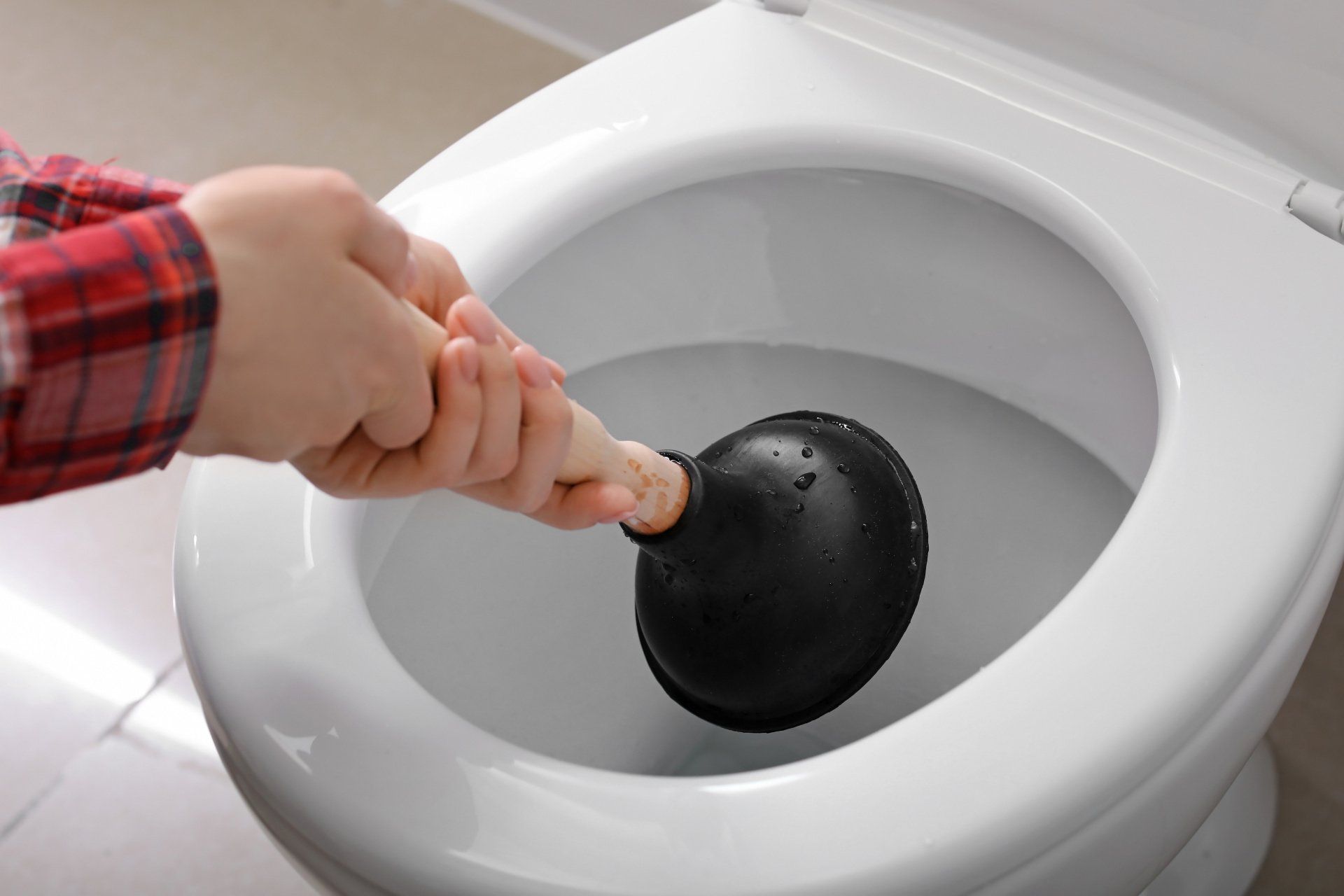
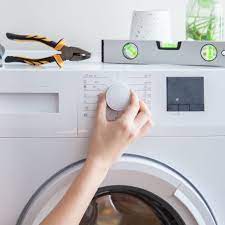
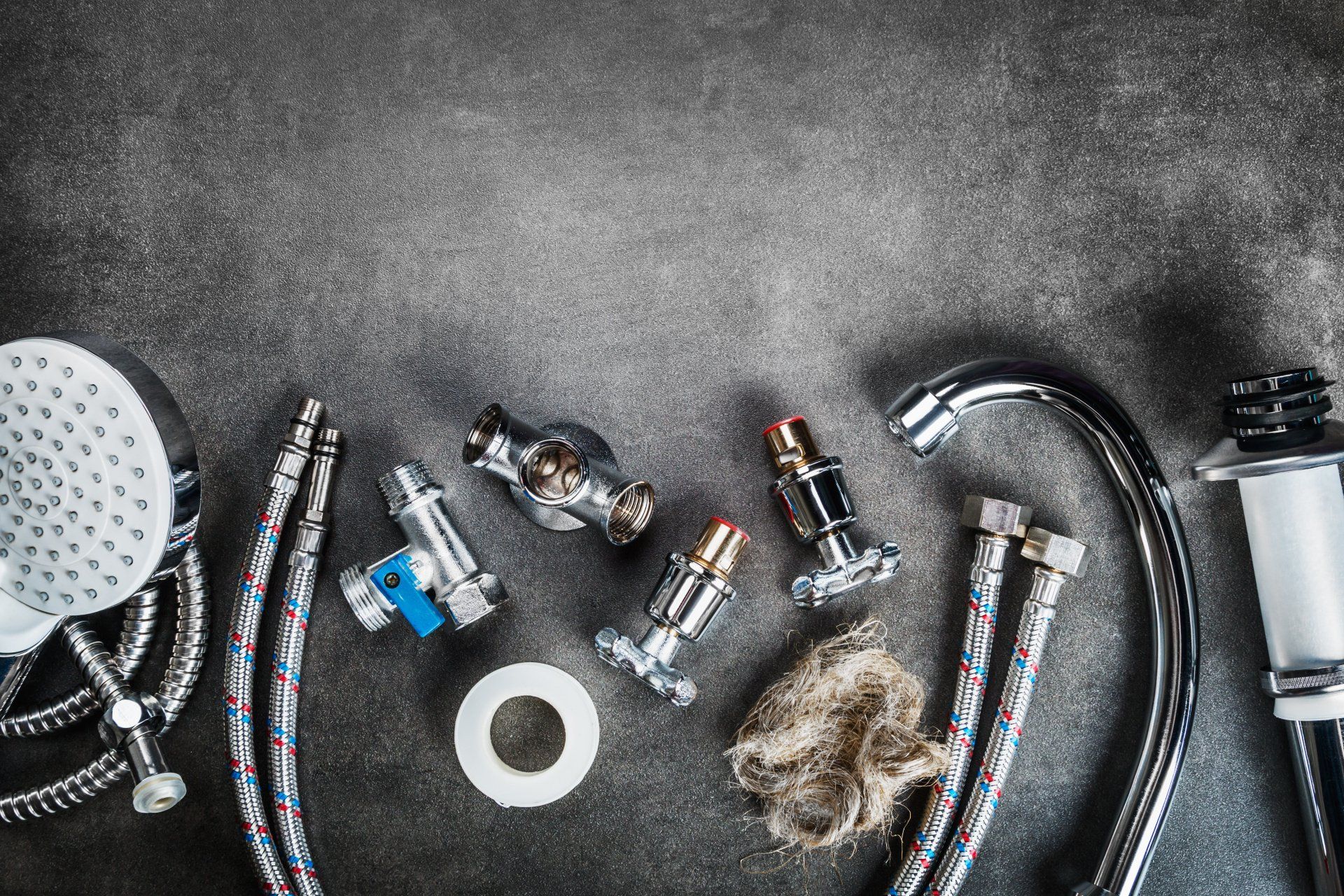
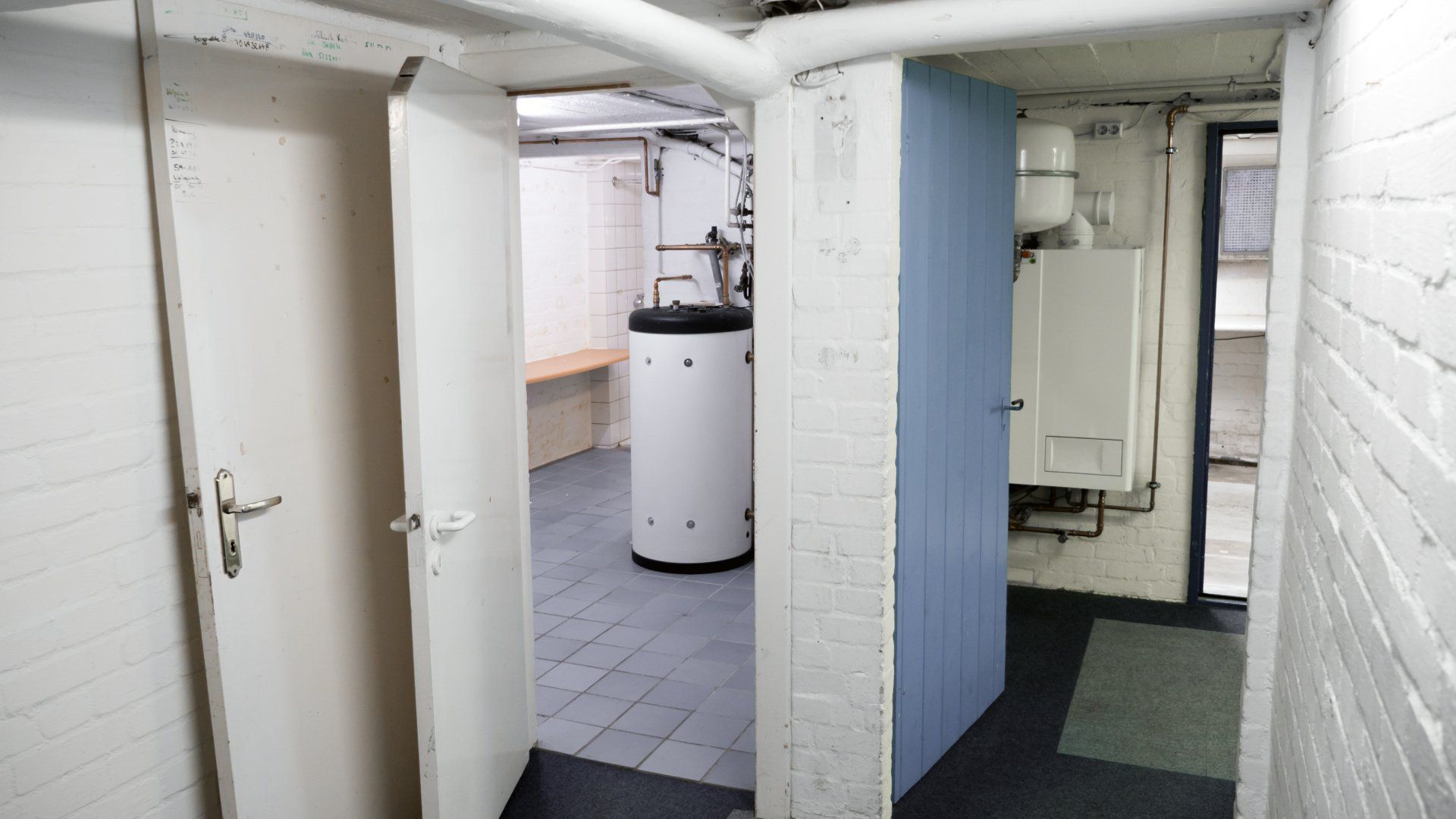
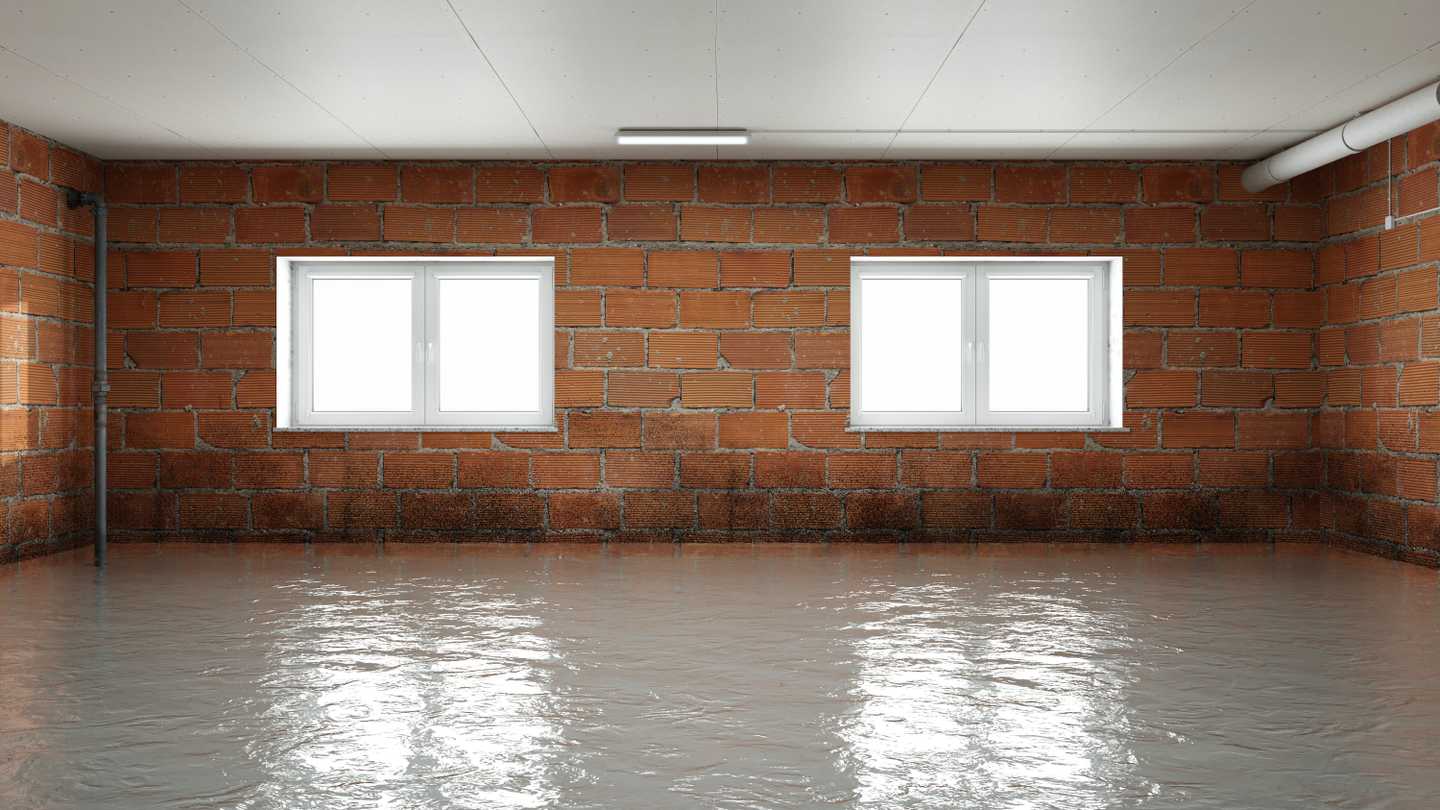
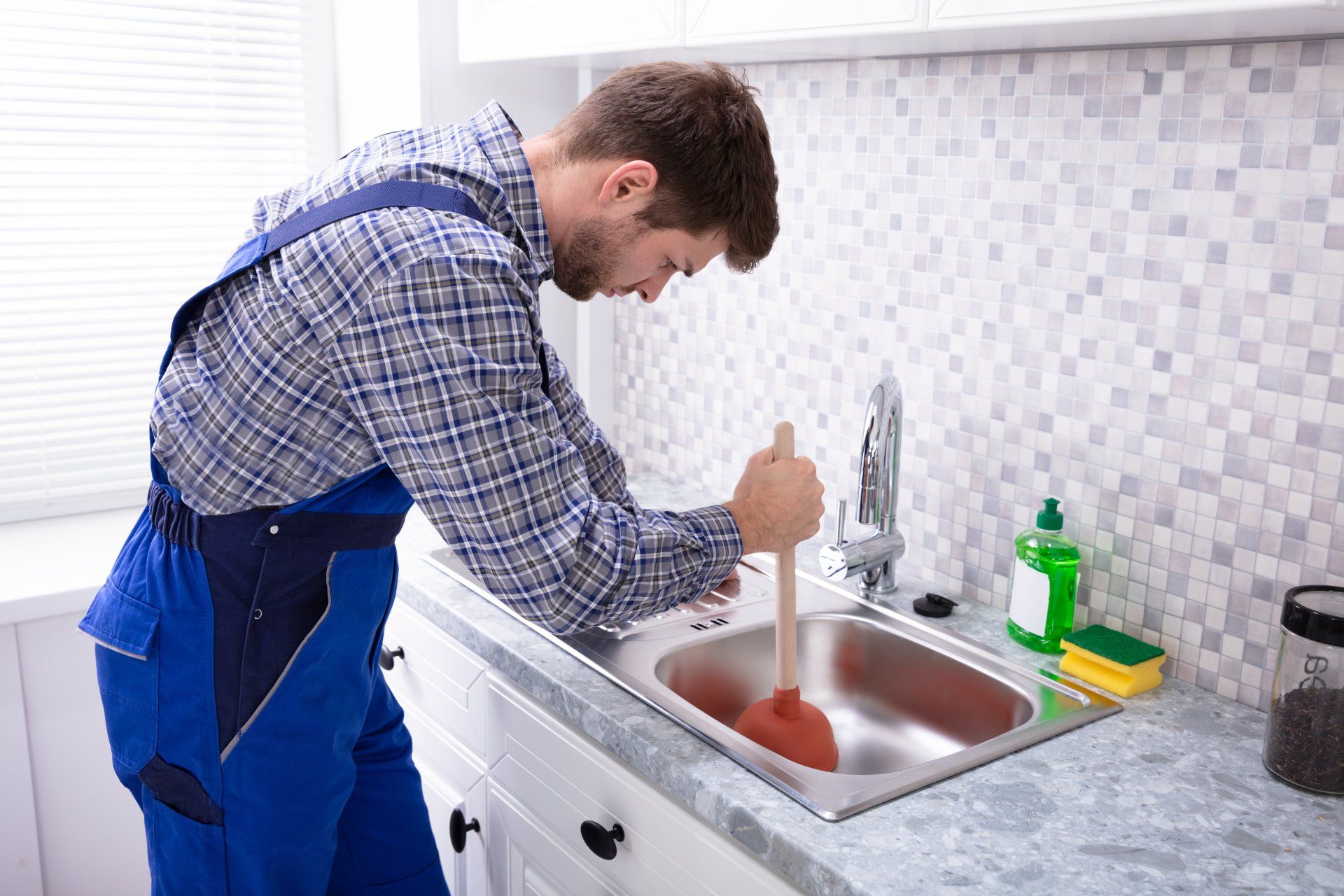
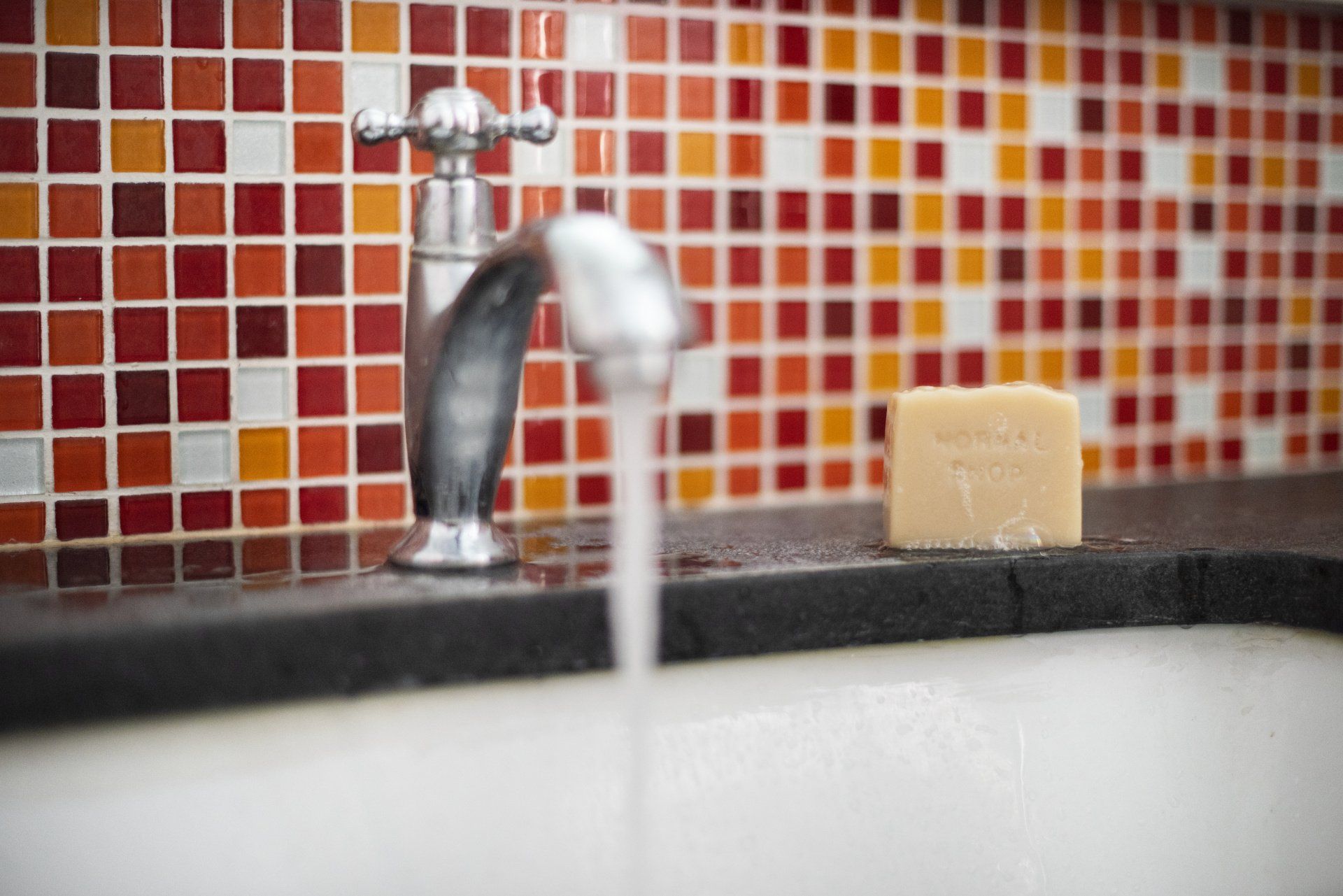



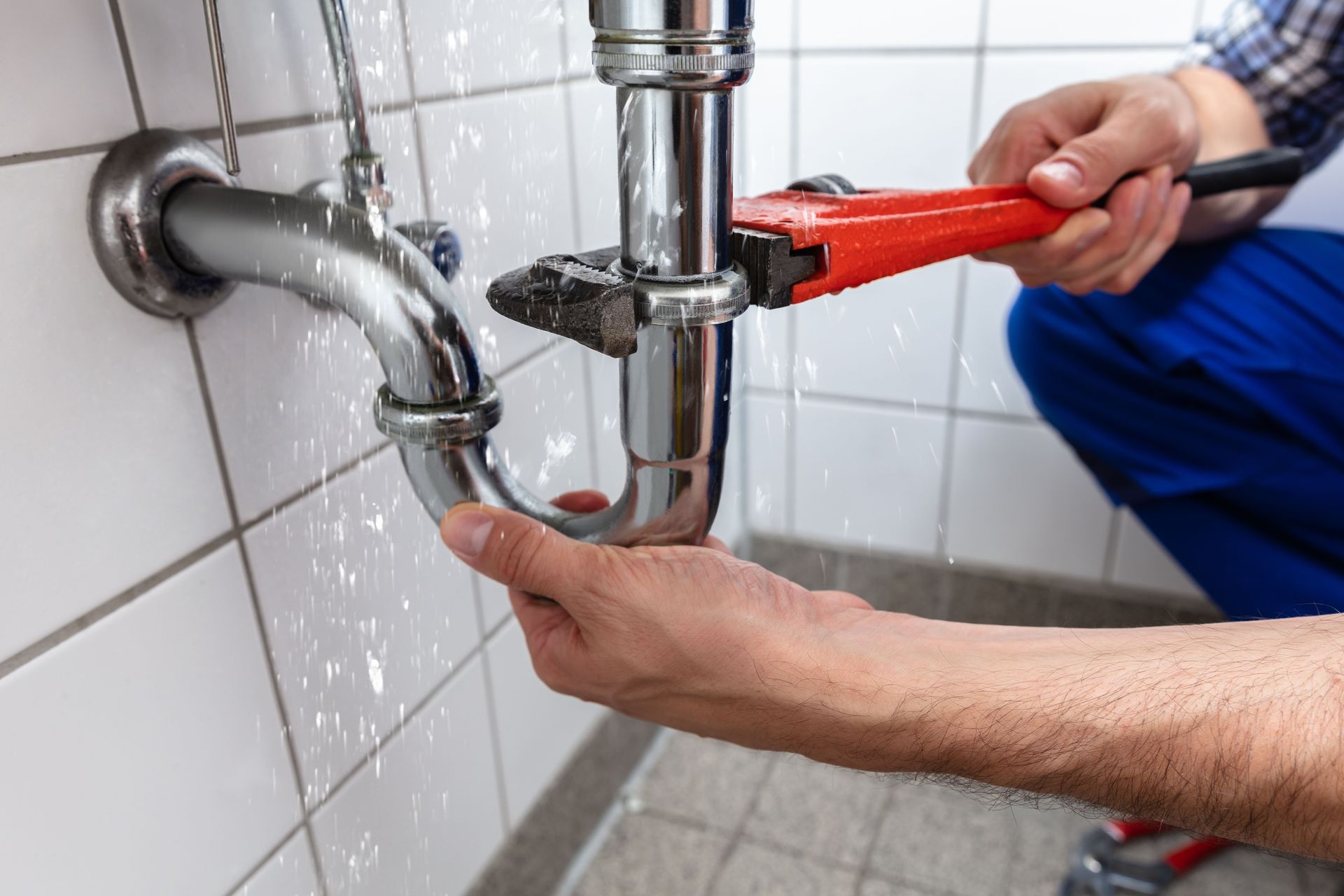
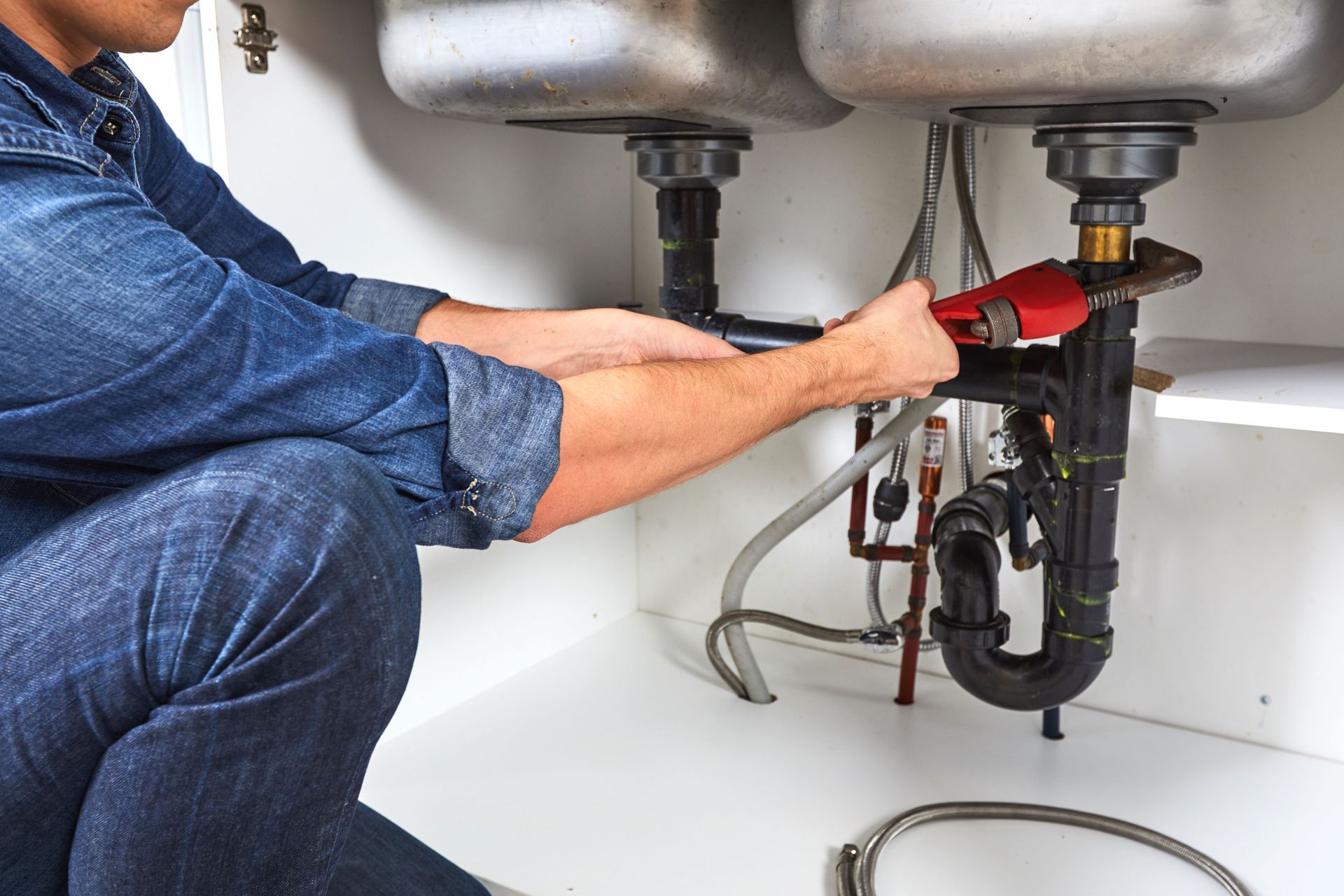
Share On: